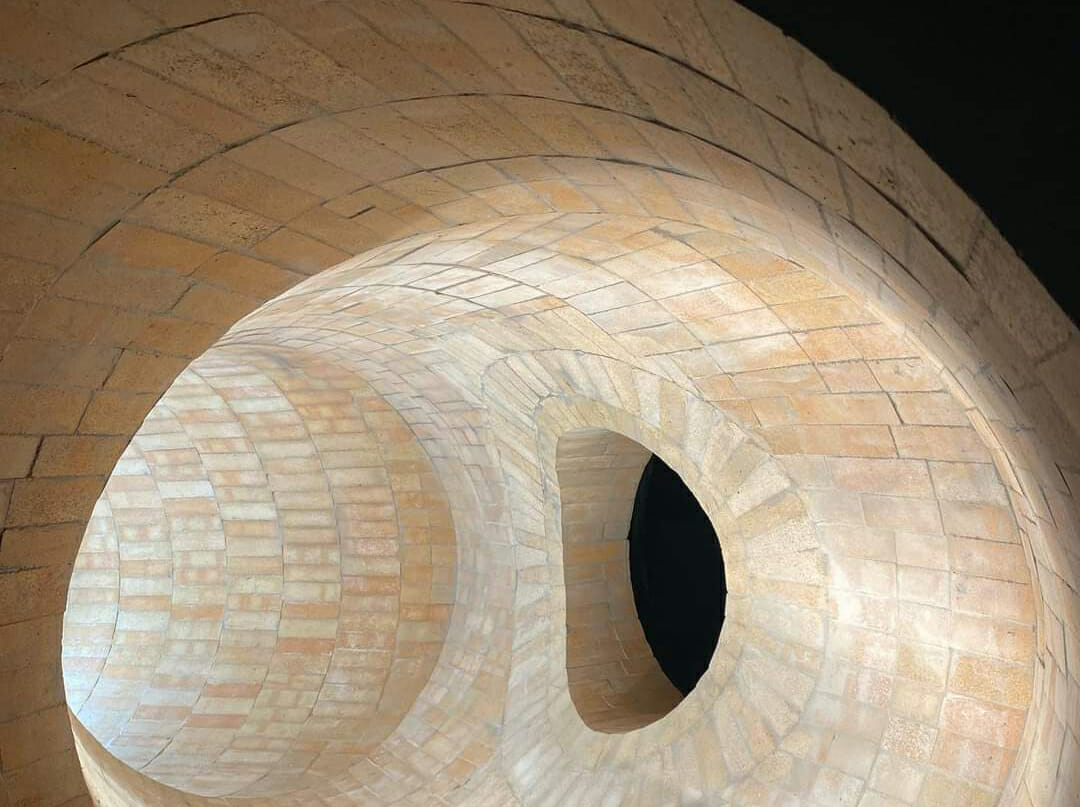Improve Reforming Furnace Reliability and Reduce Maintenance Demands
Hydrogen, ammonia and methanol production facilities generally utilize a reforming furnace as a key component of the process. These units have similar configurations including a steam methane reformer (SMR), collection ducts, convection sections, transfer lines, and, in some instances, a secondary reformer. Many of the existing units were built in eras with different operational requirements and less demand for efficiency or environmental controls compared to today. Customers routinely maintain these units by repairing linings in-kind. This practice allows problems to reoccur and results in missed opportunities to improve performance and reliability.
Thorpe routinely performs refractory maintenance work on reforming furnaces in these facilities. On retrofit and capital projects, we provide full turnkey engineered refractory lining systems including the design, manufacture or supply, and installation. We are knowledgeable about operational and reliability issues relating to refractory linings and reforming furnaces. We include the latest material and engineering technology in our lining designs. This results in improved reliability and reduced maintenance demands in the future. SMRs are usually configured as either a multi-row or Terrace-Wall™ (proprietary Foster Wheeler design) layout. While both of these layouts have design features that bring their own set of refractory problems, they have certain issues in common:
- Hotspots
- Brick lining instability due to inferior anchor systems
- Bullnose failures
- Cracked and spalled castable
- Backup lining deterioration leading to high shell temperature
- Floor refractory failure requiring high maintenance
- Tramp air intrusion lowering efficiency & increasing NOx
- Peephole surrounds cracking and spalling
- Peepdoor plugs falling off
- Overall high shell temperatures











